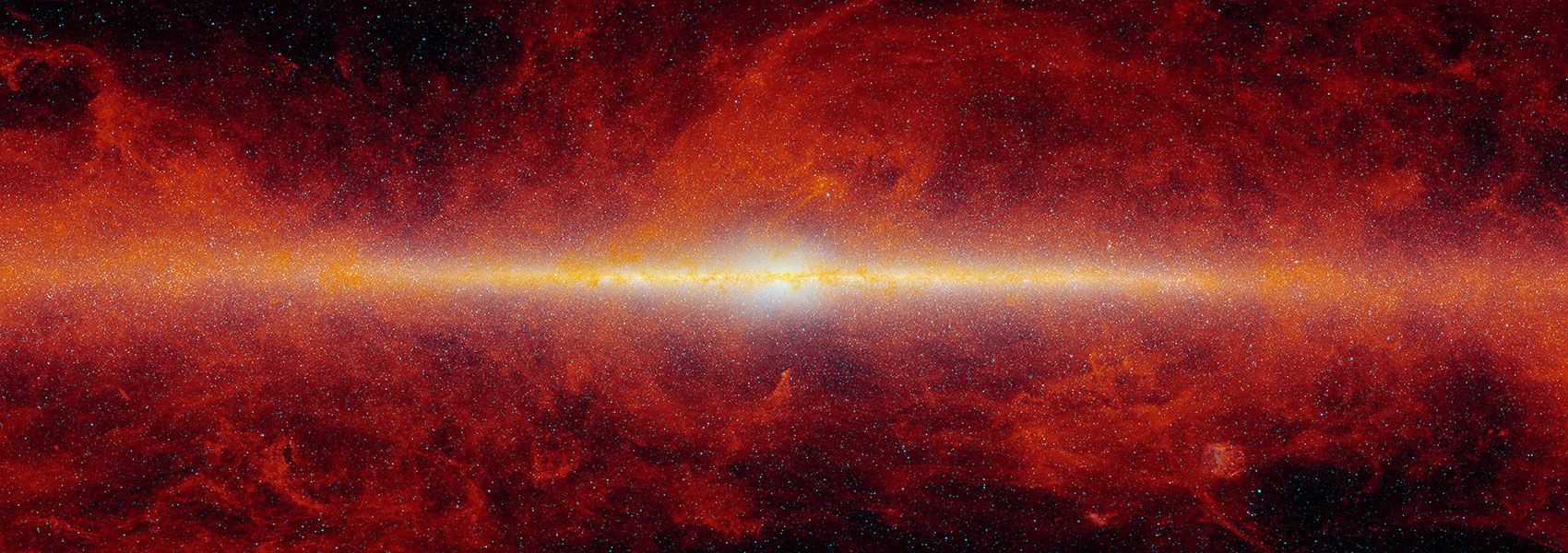May
2023
•
2023ApJ...948...52S
Authors
•
Sharma, Yashvi
•
Sollerman, Jesper
•
Fremling, Christoffer
•
Kulkarni, Shrinivas R.
•
De, Kishalay
•
Irani, Ido
•
Schulze, Steve
•
Strotjohann, Nora Linn
•
Gal-Yam, Avishay
•
Maguire, Kate
•
Perley, Daniel A.
•
Bellm, Eric C.
•
Kool, Erik C.
•
Brink, Thomas G.
•
Bruch, Rachel
•
Deckers, Maxime
•
Dekany, Richard
•
Dugas, Alison
•
Filippenko, Alexei V.
•
Goldwasser, Samantha
•
Graham, Matthew J.
•
Graham, Melissa L.
•
Groom, Steven L.
•
Hankins, Matt
•
Jencson, Jacob
•
Johansson, Joel P.
•
Karambelkar, Viraj
•
Kasliwal, Mansi M.
•
Masci, Frank J.
•
Medford, Michael S.
•
Neill, James D.
•
Nir, Guy
•
Riddle, Reed L.
•
Rigault, Mickael
•
Schweyer, Tassilo
•
Terwel, Jacco H.
•
Yan, Lin
•
Yang, Yi
•
Yao, Yuhan
Abstract
•
Among the supernovae (SNe) that show strong interaction with a circumstellar medium (CSM), there is a rare subclass of Type Ia supernovae, SNe Ia-CSM, which show strong narrow hydrogen emission lines much like SNe IIn but on top of a diluted Type Ia spectrum. The only previous systematic study of this class identified 16 SNe Ia-CSM, eight historic and eight from the Palomar Transient Factory (PTF). Now using the successor survey to PTF, the Zwicky Transient Facility (ZTF), we have classified 12 additional SNe Ia-CSM through the systematic Bright Transient Survey (BTS). Consistent with previous studies, we find these SNe to have slowly evolving optical light curves with peak absolute magnitudes between -19.1 and -21, spectra having weak Hβ and large Balmer decrements of ~7. Out of the 10 SNe from our sample observed by NEOWISE, nine have 3σ detections, with some SNe showing a reduction in the red wing of Hα, indicative of newly formed dust. We do not find our SN Ia-CSM sample to have a significantly different distribution of equivalent widths of He I λ5876 than SNe IIn as observed in Silverman et al. The hosts tend to be late-type galaxies with recent star formation. We derive a rate estimate of ${29}_{-21}^{+27}$ Gpc-3 yr-1 for SNe Ia-CSM, which is ~0.02%-0.2% of the SN Ia rate. We also identify six ambiguous SNe IIn/Ia-CSM in the BTS sample and including them gives an upper limit rate of 0.07%-0.8%. This work nearly doubles the sample of well-studied Ia-CSM objects in Silverman et al., increasing the total number to 28.
Links



